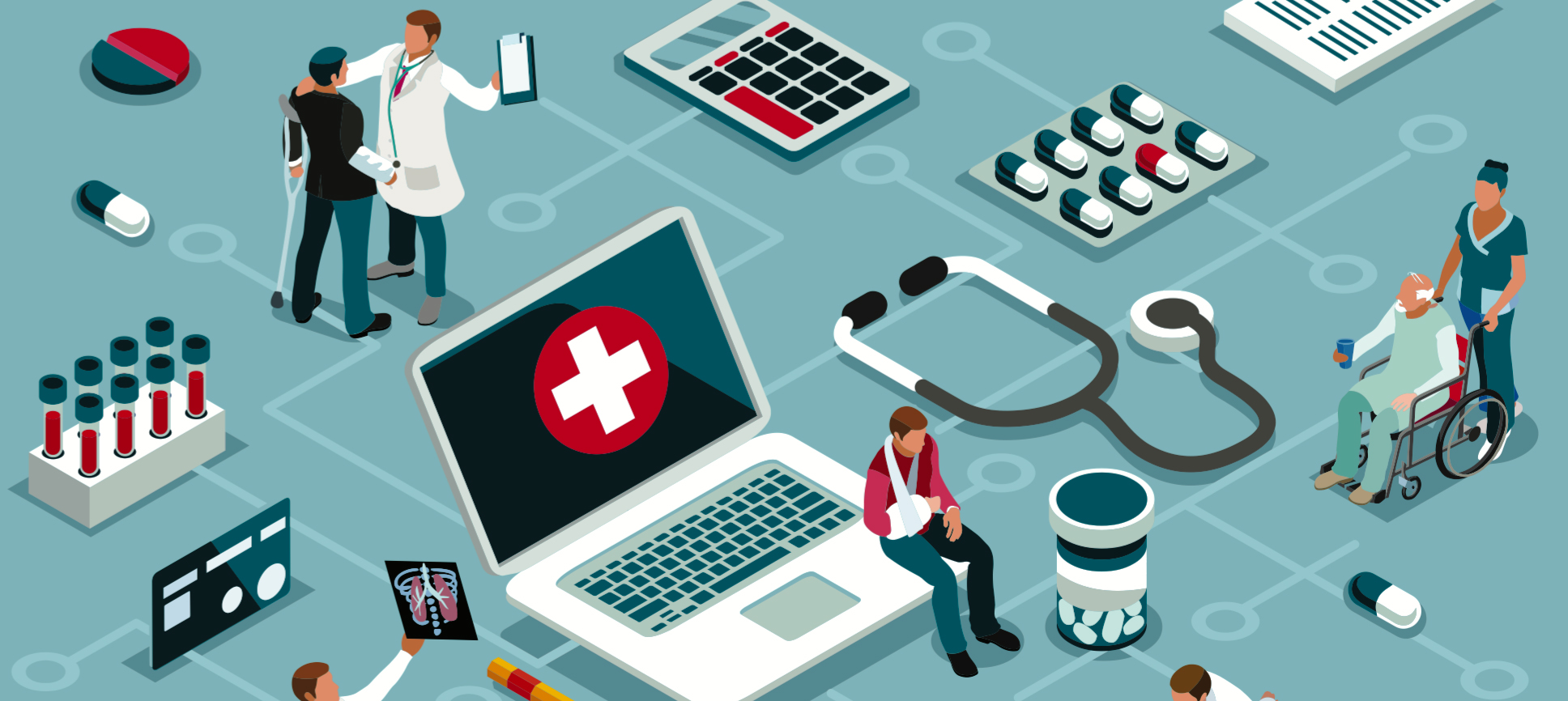
Step into any emergency department throughout the nation, and you’ll encounter recognizable sights: packed waiting areas, strained resources, and busy physicians juggling patient treatment alongside heavy administrative tasks. Amidst this scenario, physician burnout remains disturbingly high (48.2 percent of doctors), with clerical responsibilities identified as the primary culprit. Additionally, many doctors invest considerable time after their shifts completing clinical documentation, often referred to as “pajama time.”
Recently, healthcare systems have started utilizing artificial intelligence (AI) to alleviate the administrative load on clinicians. As a medical student at the University of Chicago, I’ve witnessed this technology’s application first-hand. In October 2024, the UChicago Medicine health system concluded a three-month pilot involving 200 physicians and advanced practice providers using an AI-driven clinical documentation platform named Abridge. This ambient listening tool, available through smartphones, records discussions with patients and creates a clinical note derived from the clinical encounter’s content. Instead of dividing their cognitive capacity between charting and following the conversation, clinicians can focus entirely on the patient before them, offering patients near-immediate access to summaries and visit details.
The pilot yielded encouraging outcomes, benefiting both patients and providers. Patients noted heightened satisfaction regarding the care provided, explanations given, and their involvement in the treatment process. Among clinicians, the percentage who reported providing undivided attention to patients increased from 49 percent to 90 percent, along with a reduction in after-hours work. The platform also positively influenced hospital workflows, resulting in a greater number of completed appointments per clinical session. Following these results, the University of Chicago has broadened ambient AI availability to over 600 providers, encompassing emergency department and inpatient physicians. Although still in limited scope, research into various AI-based platforms indicates they can enhance clinical documentation, boost physician productivity, and decrease pajama time.
Through my clinical experiences, I have observed how Abridge has been advantageous for both healthcare professionals and patients. It has streamlined visit efficiency while facilitating more engaged and thoughtful interactions. Watching attending physicians, I recognized that meetings with patients, reviewing and signing notes, and shifting to the next appointment have become seamless. Furthermore, the integration of this technology by attending physicians has not negatively impacted my medical education. Rather, it has created more teaching opportunities and refined my grasp of documentation and care planning.
Some critics have voiced concerns regarding patient privacy and confidentiality. While Abridge captures healthcare conversations, these recordings are erased immediately after the clinical note is produced and retained no longer than seven days. Additionally, numerous notifications inform patients about its usage in clinics, and verbal consent is secured prior to recording.
Others have pointed out the potential for inaccuracies or misinterpretations of conversations. These tools can indeed make mistakes, some of which could be clinically significant. Moreover, AI tools may struggle with varied speech patterns and accents, resulting in additional errors. As these technologies develop, it is crucial for physicians to diligently review the accuracy of their notes as part of quality control. Furthermore, developers should assemble diverse and multilingual data sets to train their platforms, enhancing their quality and accessibility.
With their involvement, physicians have a chance to steer this transformative shift in clinical medicine. While electronic health records have brought numerous clear advantages, they also imposed hefty administrative burdens and were largely introduced without clinician feedback. AI tools offer a chance to rectify some foundational issues if clinicians are engaged in guiding their responsible implementation. Without their participation, the progression of these technologies will continue, but in manners that might reduce their value and safety for both patients and providers.
If adopted with caution, AI holds the promise to lighten clinical loads, improve patient care, and even advance medical education. However, to realize this potential will necessitate ongoing collaboration among clinicians, developers, and health systems, anchored in a joint commitment to patient safety and quality care.
Michael Wakeman is a medical student.